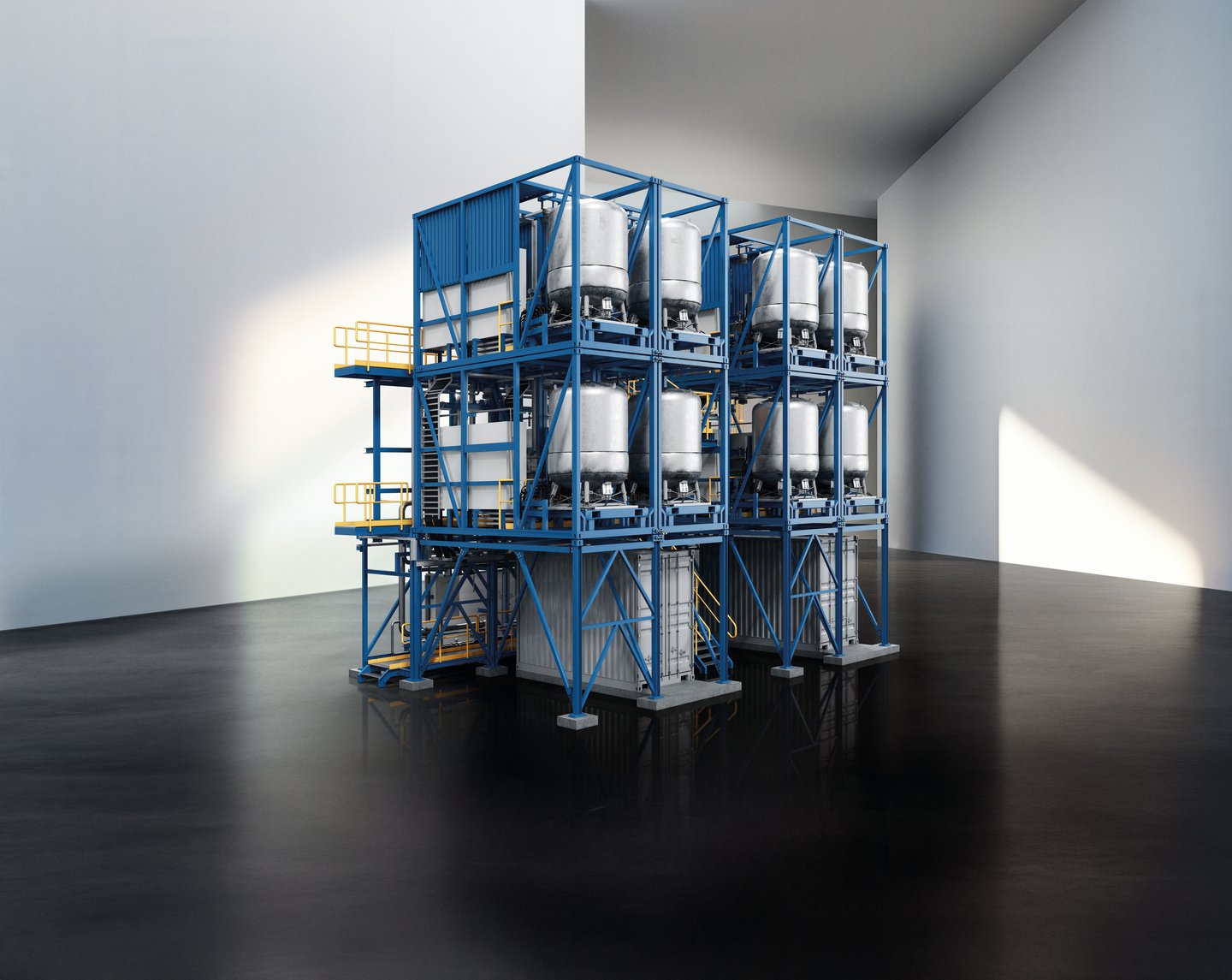Green hydrogen has the potential to decarbonize everything from long-distance transportation to manufacturing – ultimately unlocking a future beyond fossil fuels for some of the world’s most energy-intensive industries.
A massive scale-up is underway. By 2030, an estimated 130 to 345 GW of electrolyzer capacity will be needed to meet demand, up from today’s installed base of just 1.1 GW*. Achieving this will be critical in enabling green hydrogen to constitute 14% of the total energy consumption by 2050 – a target essential to meeting global climate goals.
*Source: McKinsey & Company, Global Energy Perspective 2023: Transition bottlenecks and unlocks, 2024
.png)







.png?width=1440&height=1248&name=IML-00007602%20(4).png)









